In the history of the Nayakas of the Vijayanagar kingdom, in South India, the period from 1326 to 1675 is particularly important. The Nayaka system was dominant from the fifteenth to the early seventeenth century. The Nayakas were key state administrators, functionaries, and revenue collectors and as such were liable to be transferred. Although they played a very important administrative role, there are no detailed studies on them except those on some big families. This detailed statistical analysis of Vijayanagar inscriptions in Tamil Nadu concerns the activities of the Nayakas. The inscriptions record grants of various kinds, including land, money, and villages; the remission of taxes; the construction of irrigation works; and mediation in disputes between brahmans, some of whom were Nayakas. The concordance will go a long way in helping scholars undertake further study of these inscriptions. While nearly two-thirds of the Tamil inscriptions remain unpublished, the sample assembled by Karashima is sufficiently large to make some generalizations about the Nayakas and their role in the Vijayanagar kingdom. Karashima has made a significant scholarly contribution to Vijayanagar Nayaka studies and Tamil epigraphy. He critiques Burton Stein’s interpretation of the Vijayanagar Nayakas as simply local chieftains or intruding warriors; instead he argues that they were key functionaries under the King’s control, displaying a tendency to grow into feudal lords towards the end of the Vijayanagar rule. This study throws valuable light on the nature of the Vijayanagar state and the role of its key functionaries. It will interest scholars of medieval South Indian history, society, culture, and polity.
A Concise History of South India: Issues and Interpretations
Investigating the region's ...
$55.80
$62.00

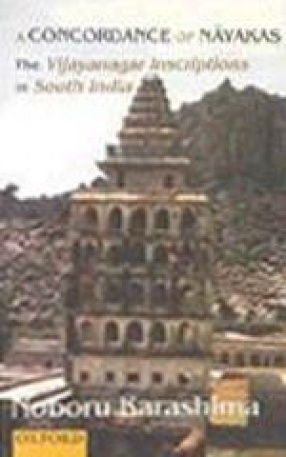
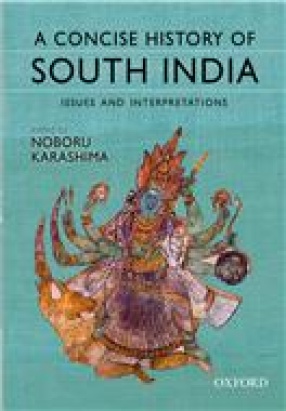
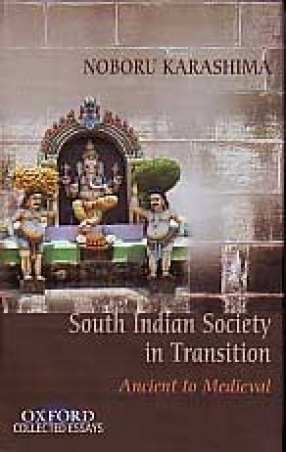
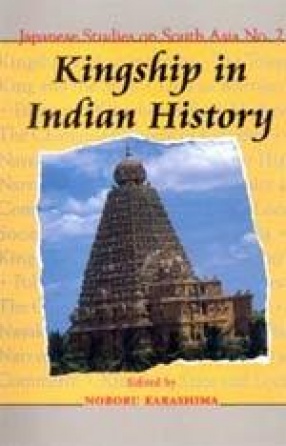
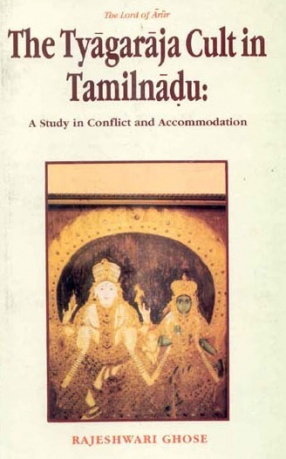


There are no reviews yet.